 By Christopher Miskimon
By Christopher Miskimon
There are no large cities and few sizable towns in Normandy between Cherbourg and Caen. One of those towns is Sainte-Mère Église, a crossroads valuable for the invading Allied forces in June 1944. Allied planners knew that if they controlled this town, they could control the peninsula. The U.S. 82nd Airborne Division received the task of capturing it on the first day of the invasion. Sergeant Spencer Wurst later said, “It may seem naïve now, but at no time did we ever dream that we would not be successful in Normandy. We never even mentioned the possibility of defeat.” The C-47s carrying the paratroopers were scattered by weather and ground fire, so many soldiers wound up landing miles from their assigned drop zones. Wurst, however, dropped right over Sainte-Mère Église; he saw fires in the town and tracer rounds whipping past him in the dark. When Wurst and his comrades hit the ground, they oriented themselves, gathered into whatever groups they could, and attacked the nearest Germans they could find. The liberation of Europe was underway.
This new book is a collection of major actions and events of D-Day, gathered by an eminent and widely published author with extensive study of the Normandy campaign to his credit. Each chapter is a vignette of a small battle that made up the larger D-Day operation, such as Sainte-Mère Église, Pegasus Bridge, Omaha Beach and many others. It is a good book full of interesting battle stories, written in the author’s engaging prose.
D-Day, The Invasion that Saved Civilization: To the Last Cartridge, Book II (Flint Whitlock, Cable Publishing, Brule, Wisconsin, 2024, 290 pp., maps, photographs, bibliography, index, $18.99, SC)
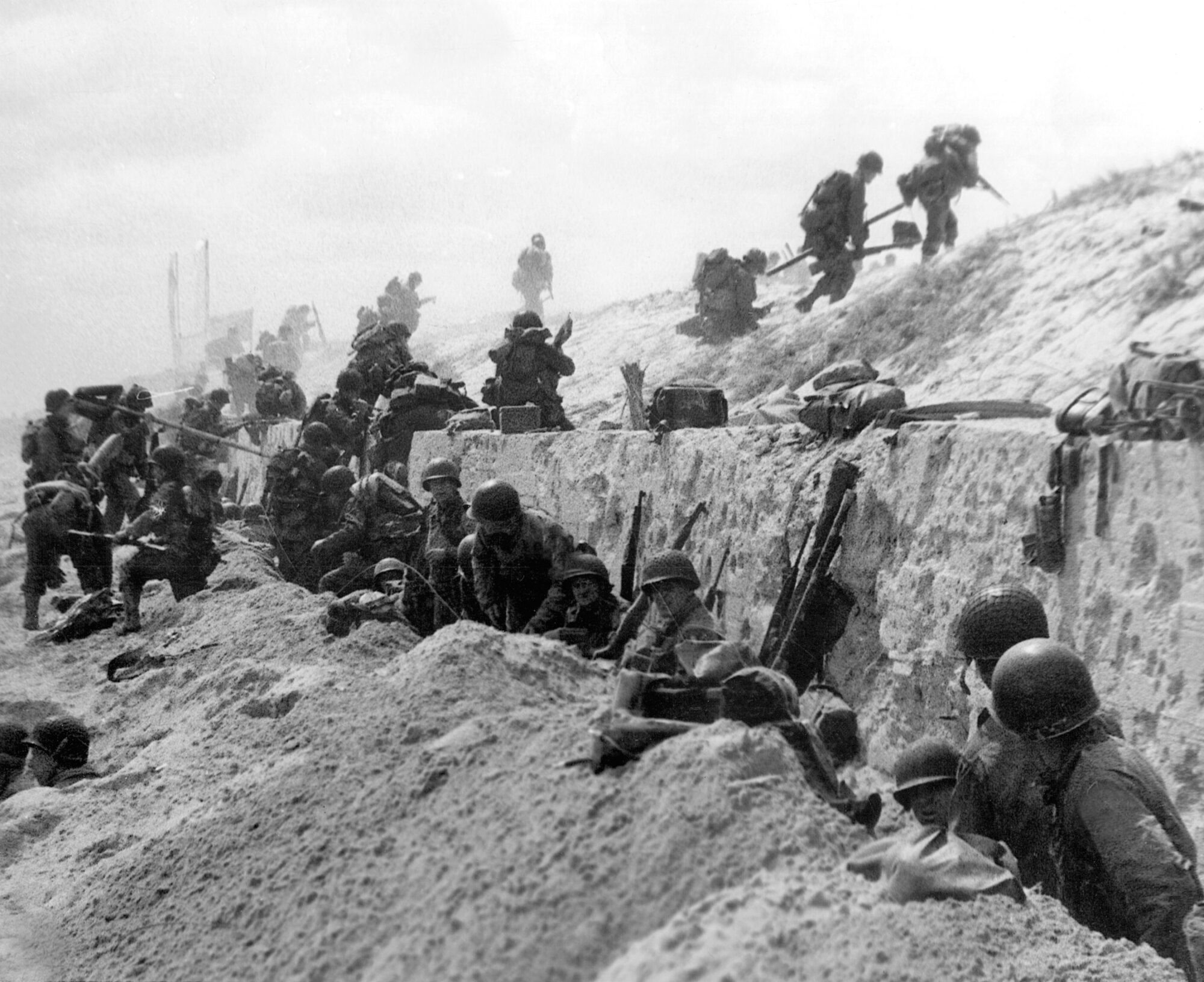
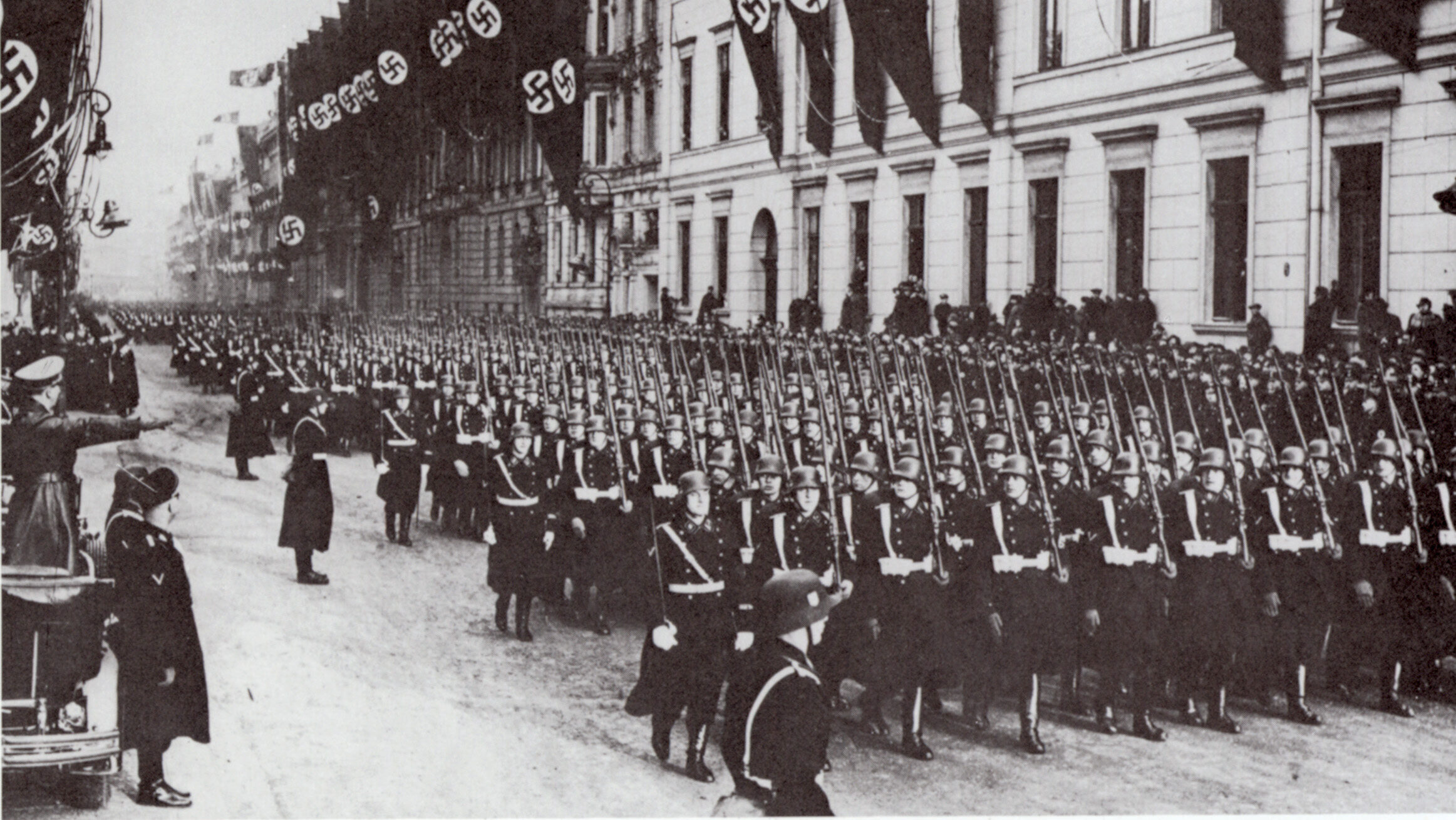
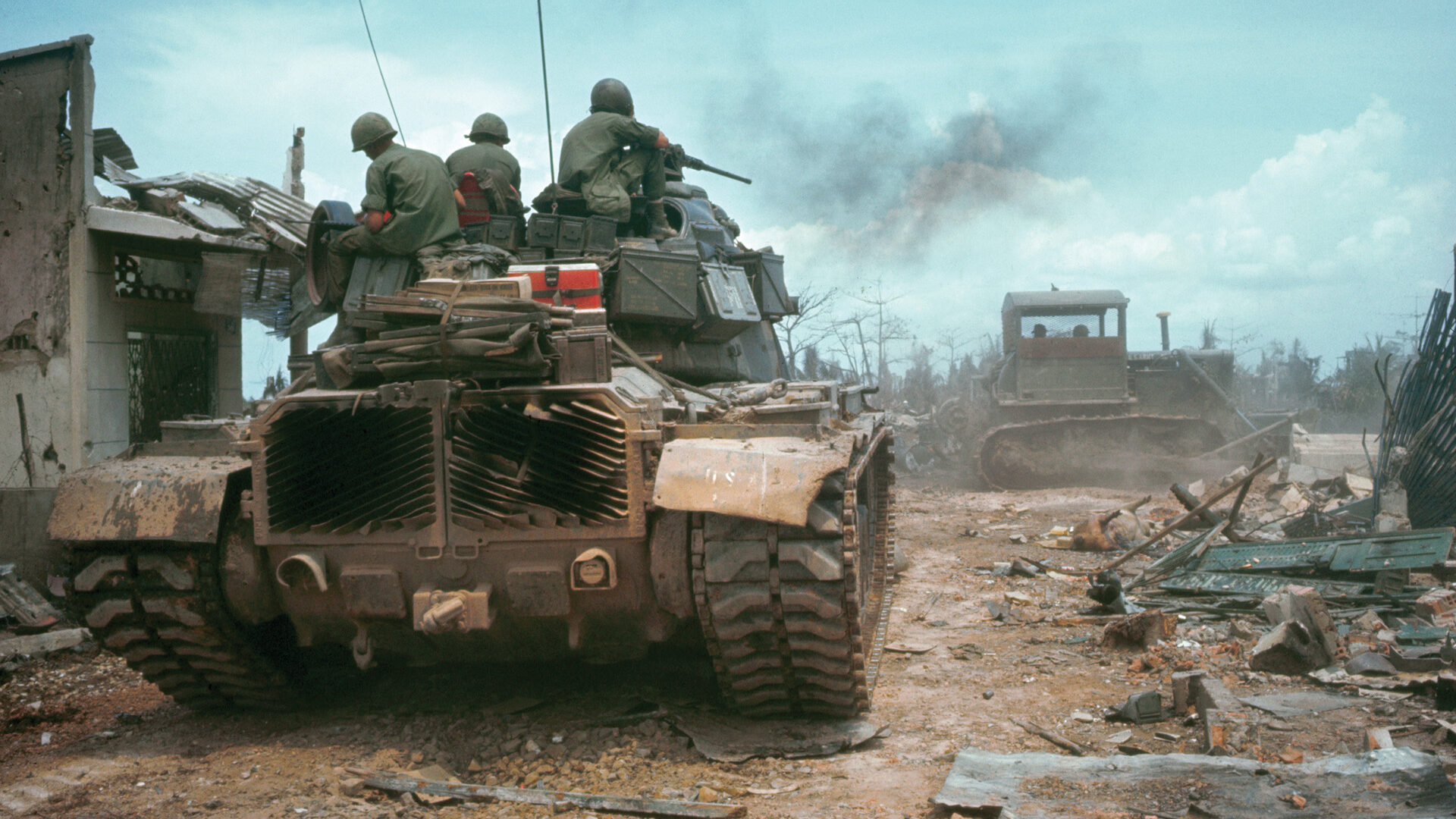
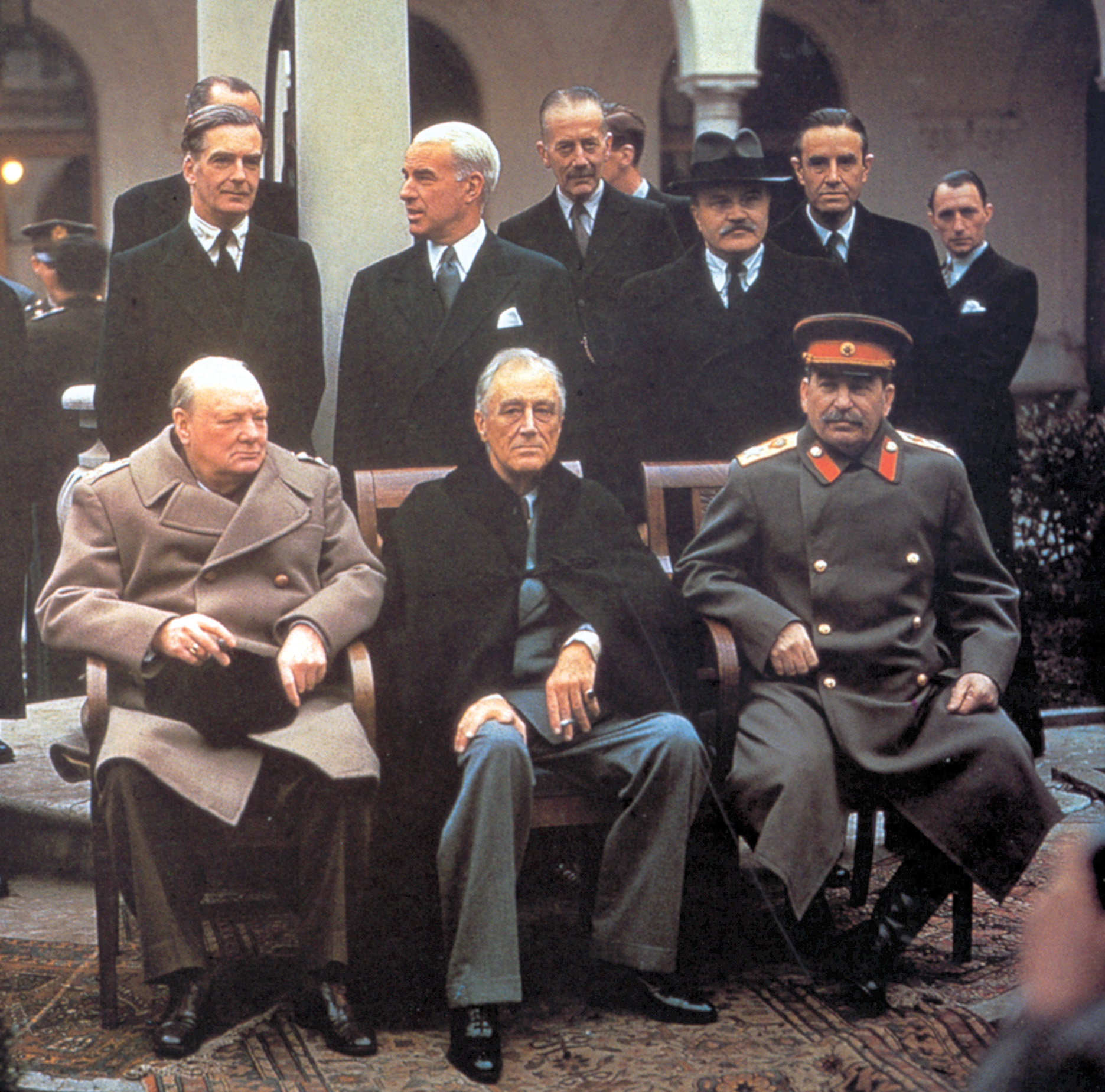
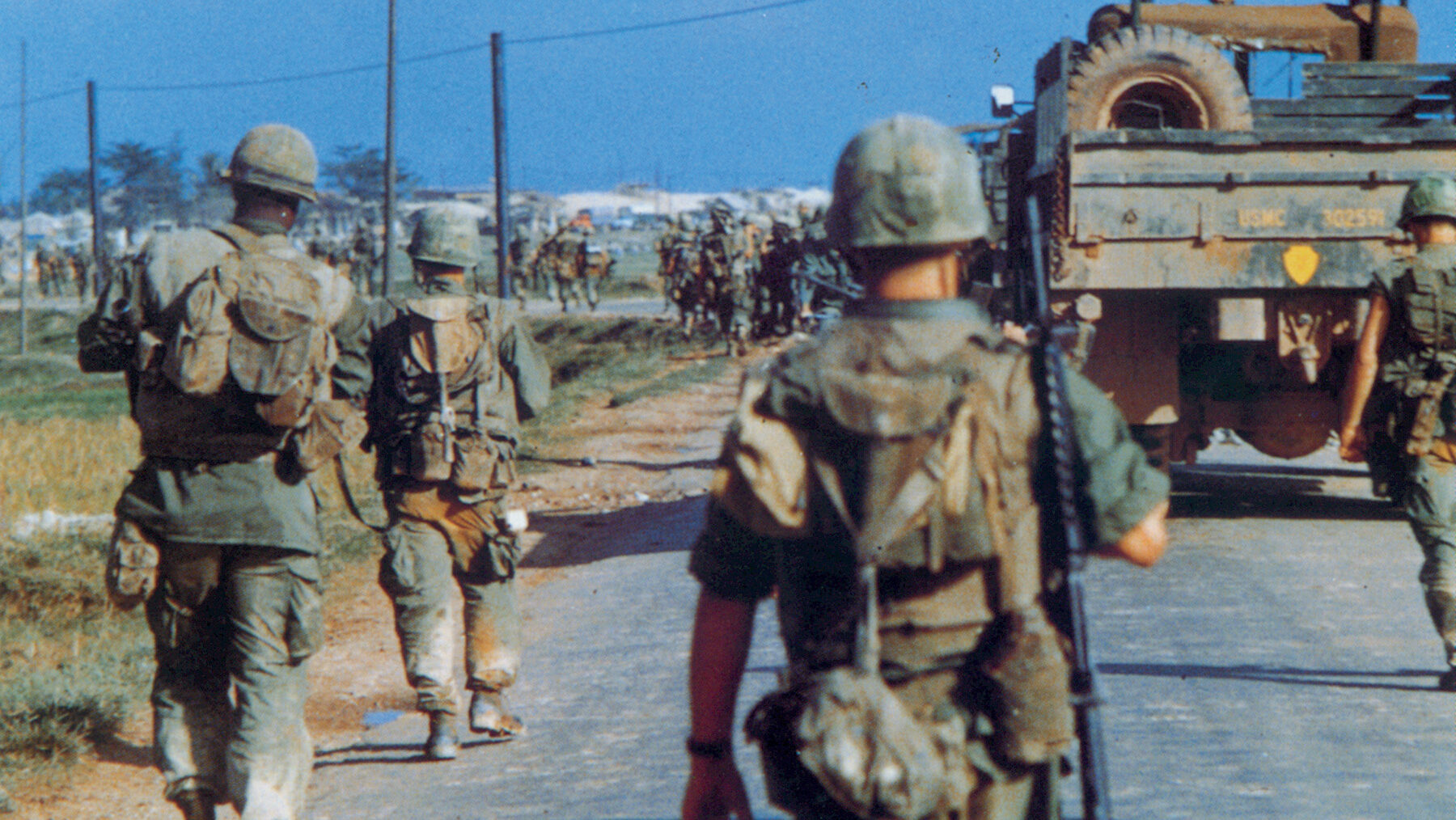
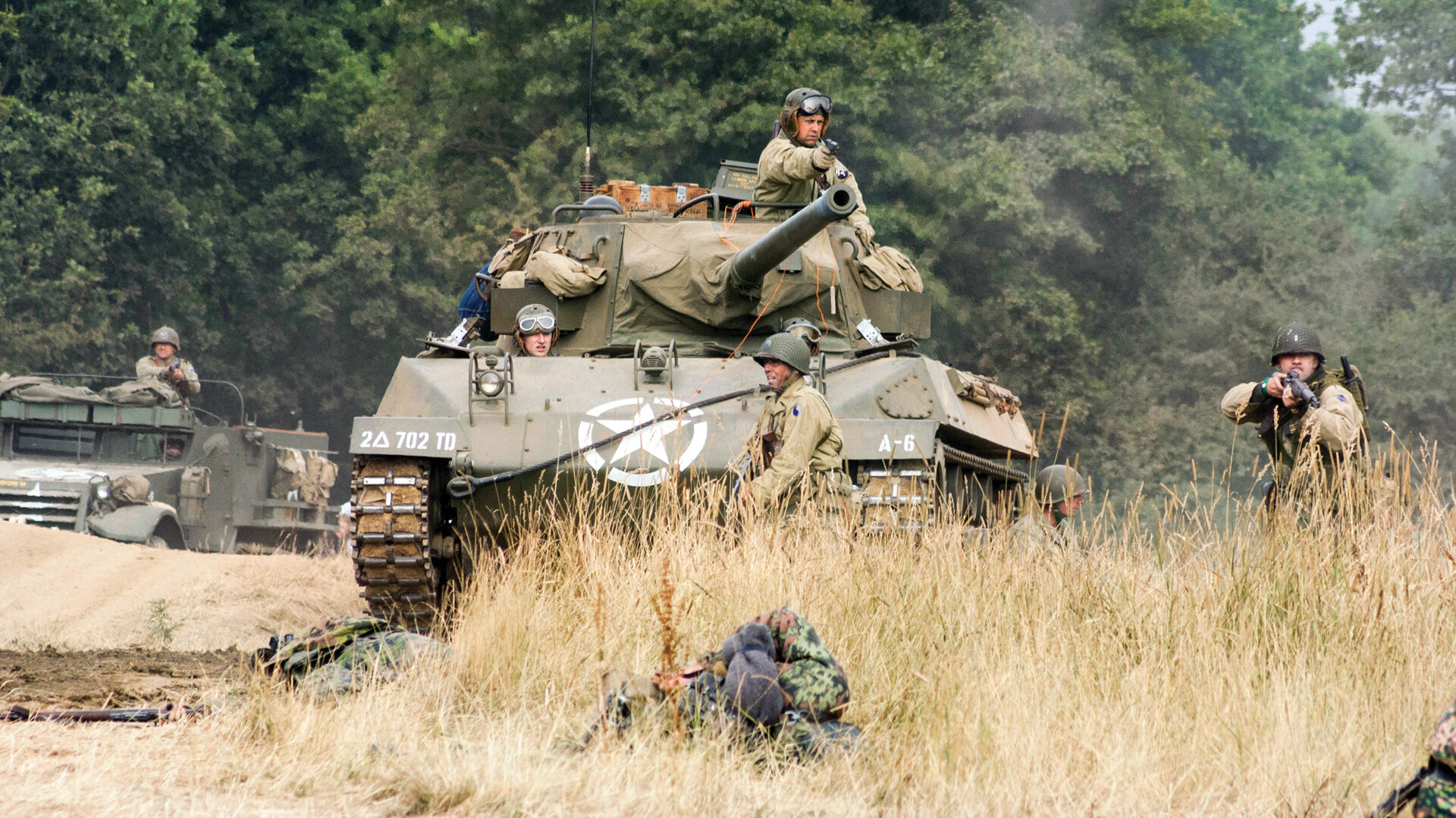
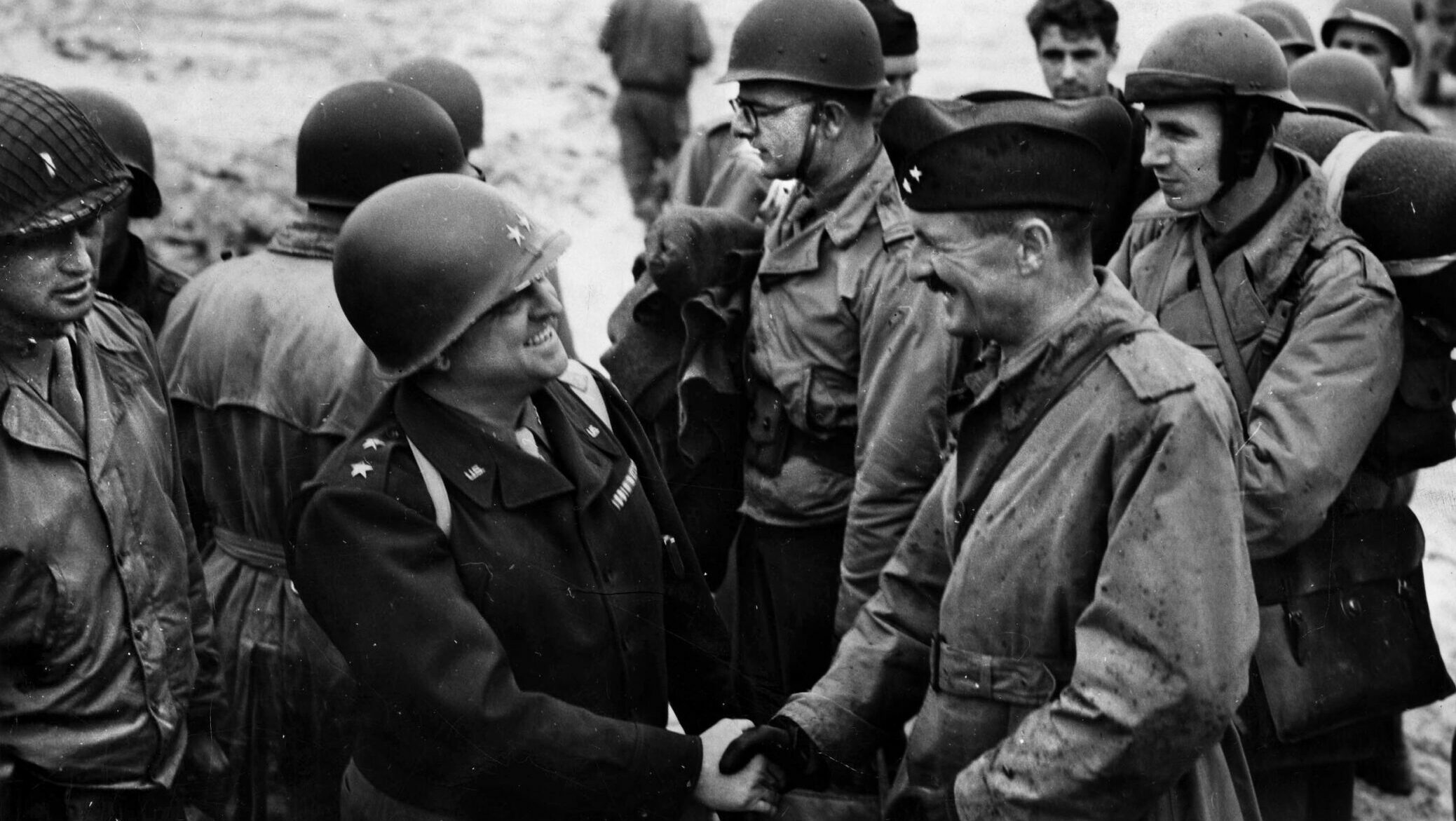
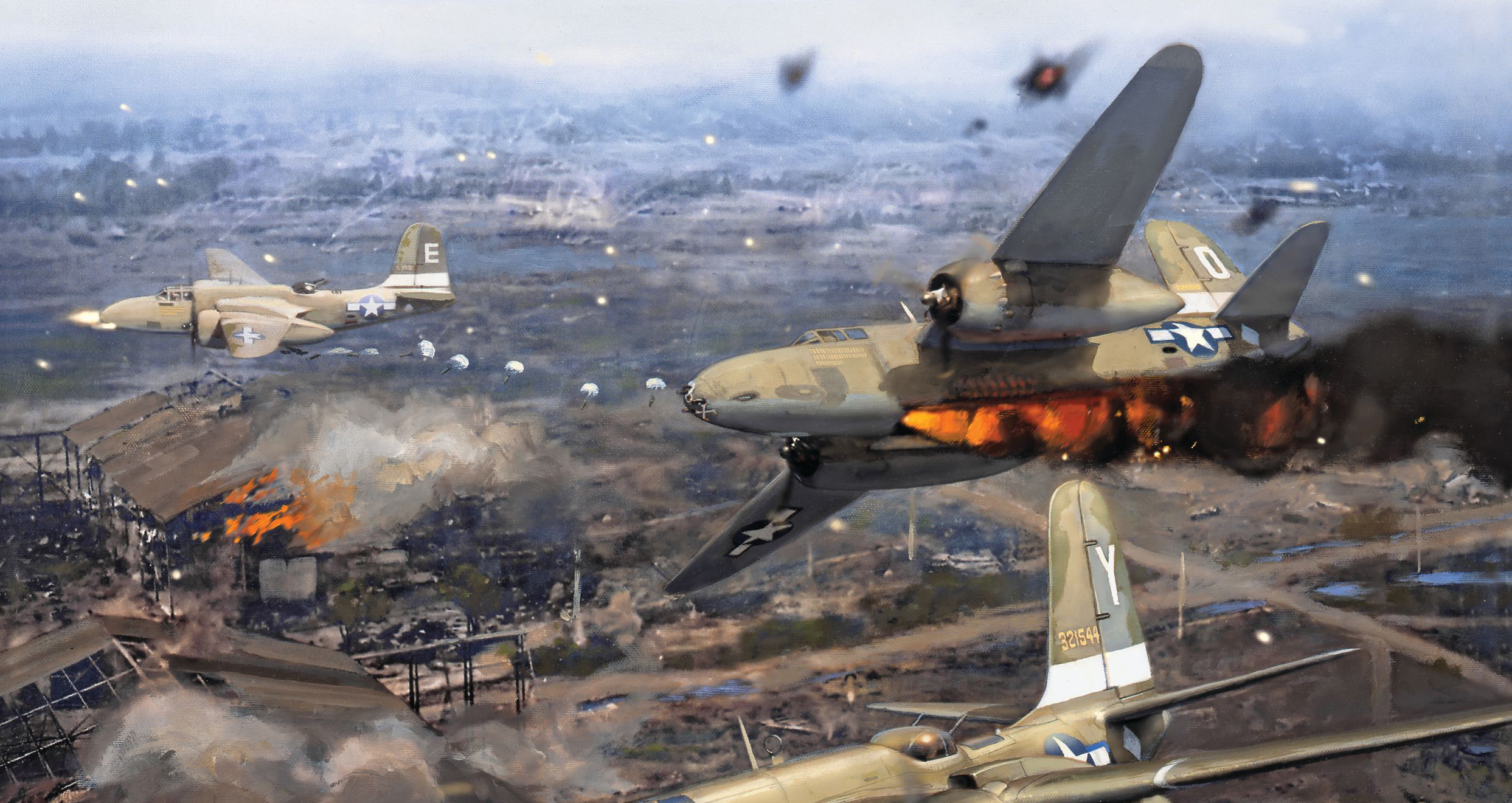
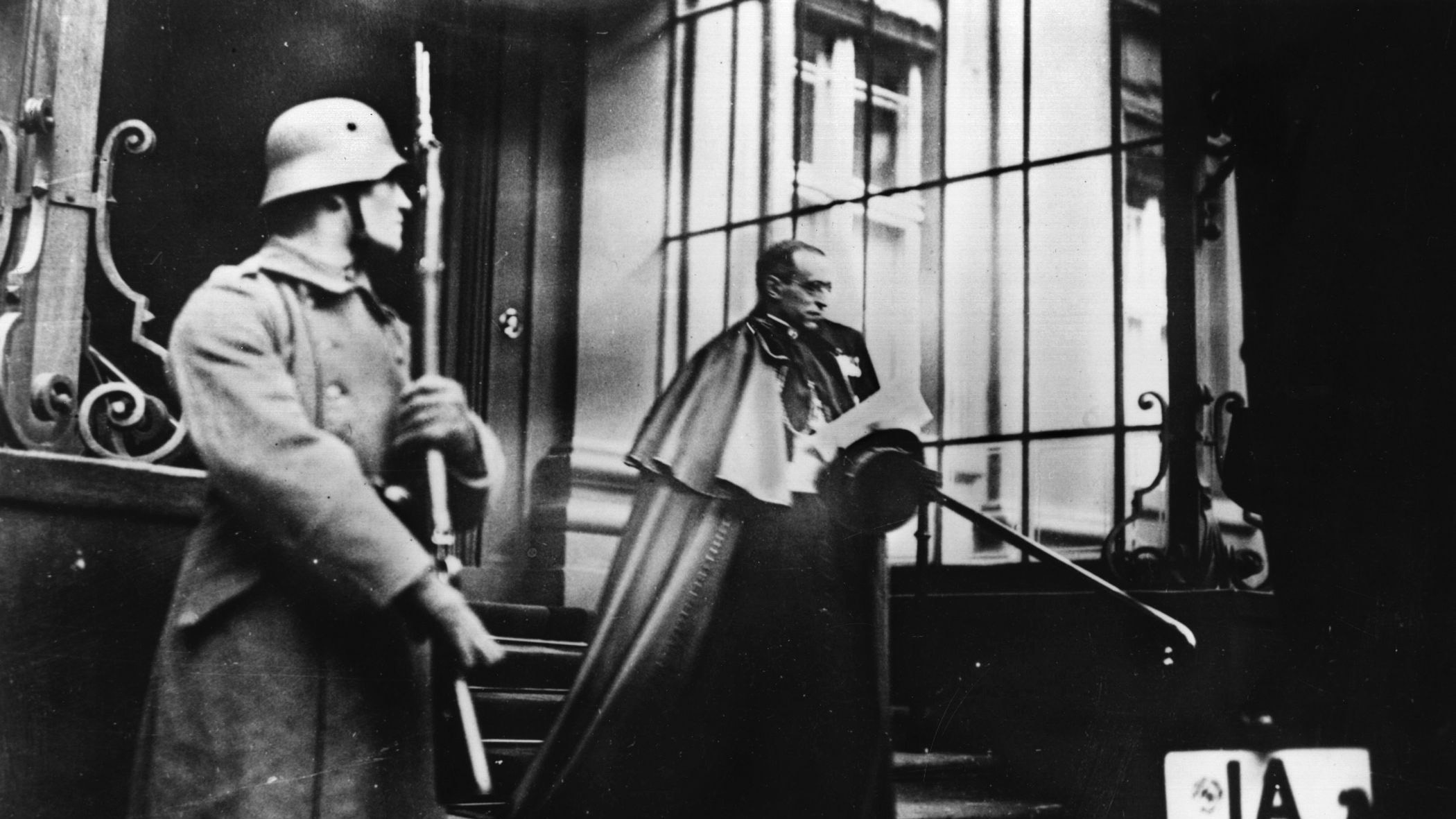
Join The Conversation
Comments
View All Comments